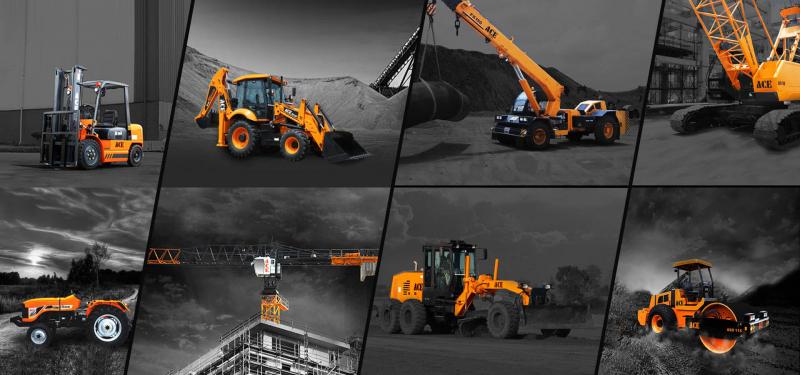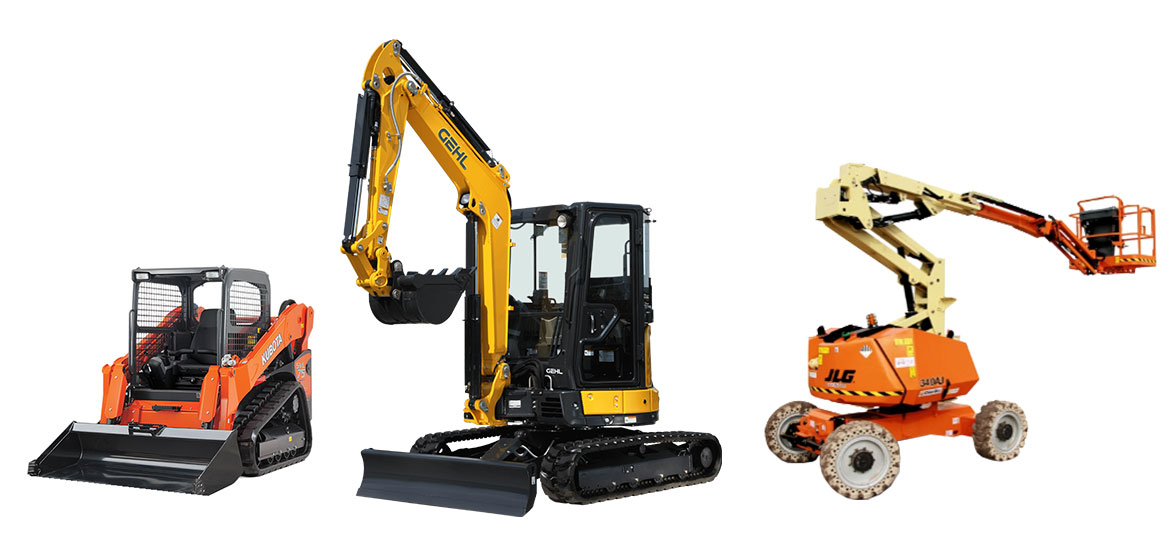Heavy Equipment Rental: Big Equipment for Any Kind Of Construction Project
Heavy Equipment Rental: Big Equipment for Any Kind Of Construction Project
Blog Article
Maximize Your Spending Plan by Recognizing the Costs Related To Construction Devices Services
Comprehending the complete range of expenses associated with building and construction devices rentals is crucial for optimizing your budget plan. What strategies can be utilized to effectively take care of these prices and guarantee a much more effective rental experience?
Summary of Rental Expenses
When taking into consideration building tools rentals, comprehending the connected prices is paramount for reliable budgeting and job planning. Rental prices can differ significantly based on a number of aspects, including devices type, period of service, and place. The preliminary rental cost typically reflects the tools's market demand and its connected operational capacities, influencing the overall expense.
In enhancement to the base rental rate, ancillary expenses might arise, such as transportation fees, gas surcharges, and maintenance costs. It is vital to represent these extra expenditures to properly analyze the overall expense of renting out equipment. The rental duration can impact pricing; longer leasings might qualify for affordable rates, while short-term rentals might sustain higher daily charges.

Failure of Rental Rates
An extensive understanding of rental prices is necessary for contractors and project managers intending to enhance their budget plans. Rental prices for building tools generally contain a number of components, consisting of base prices, time-based costs, and use costs.
Base rates are the core charges connected with the leasing of the equipment, usually established by the kind and size of the machinery. These rates can vary substantially, influenced by factors such as equipment demand, accessibility, and regional market trends. Time-based costs, which may be daily, weekly, or monthly, serve to accommodate various project timelines and rental periods.
Furthermore, rental rates may include usage charges, which are relevant when devices is made use of past a specified threshold, guaranteeing that the rental business can account for wear and tear. Seasonal demand changes can likewise impact rental rates, with peak construction periods normally commanding greater rates.
In addition, recognizing the rental firm's policies relating to upkeep and insurance policy can provide further insight right into the overall cost framework. By analyzing these components, service providers can make educated decisions, ensuring the choice of rental devices aligns with both project requirements and budget constraints.
Extra Costs to Take Into Consideration
Comprehending the intricacies of additional charges is critical for specialists to handle their overall leasing expenses effectively. Beyond the standard rental prices, different supplementary charges can dramatically influence the total expense of devices service. These charges usually consist of distribution and pickup charges, which can differ based upon distance and logistics associated with moving the tools to and from the task website.
Additionally, some rental business might enforce gas additional charges if the devices is returned with less gas than when leased. It is likewise vital my latest blog post to recognize potential cleansing charges, especially for customized equipment that requires complete upkeep after use.

Thoroughly reviewing the rental arrangement and making clear these added fees ahead of time can aid contractors make sure and prevent i thought about this unforeseen costs that spending plans stay undamaged throughout the project lifecycle.
Repair And Maintenance Costs
Normal repair and maintenance costs are commonly ignored factors that can significantly affect the total cost of building and construction tools rentals. When renting out tools, it is vital to consider not only the rental charges but also the potential prices connected with maintaining the machinery in optimal operating problem.
Lots of rental firms include fundamental maintenance as part of the rental contract; however, much more unanticipated break downs or extensive fixings can cause added expenditures. It's necessary to assess the rental agreement thoroughly to comprehend what maintenance solutions are covered and what responsibilities drop on the occupant.
In addition, equipment that is not well-kept can bring about inefficiencies on the work website, possibly raising and triggering hold-ups job prices. To alleviate these risks, it is a good idea to conduct routine examinations and keep open interaction with the rental company relating to any kind of issues that develop during use.
Insurance Coverage and Liability Expenses
Insurance policy and obligation expenses are important parts that can considerably affect the total expenditure of building and construction equipment rentals (forklift rental). These prices make sure that both the rental company and the client are secured from prospective financial losses arising from mishaps, damages, or burglary throughout the rental period

Additionally, customers ought to understand any type of deductibles or exclusions in the insurance coverage plan, as these can impact prospective out-of-pocket expenses. Recognizing the terms and problems of any insurance coverage is vital to avoid unanticipated expenses. Ultimately, budgeting for insurance policy and liability expenditures can assist ensure a smoother rental website link experience and protect versus monetary dangers connected with building and construction tasks.
Final Thought
To conclude, a detailed understanding of the prices related to construction tools rentals is important for reliable spending plan monitoring. By analyzing rental rates, added charges, maintenance costs, and insurance coverage individuals, requirements and companies can decrease unanticipated expenses. This critical approach not only boosts cost-effectiveness but likewise guarantees that tasks advance efficiently and efficiently. Ultimately, educated decision-making regarding devices rentals adds to the overall success of building ventures.
Rental expenses can vary dramatically based on a number of factors, consisting of devices kind, period of service, and place (aerial lift rental). The rental period can influence rates; longer services may certify for affordable rates, while temporary rentals might incur higher everyday fees
By carrying out complete research and engaging with respectable rental business, service providers can successfully navigate the complexities of rental prices, inevitably maximizing their economic sources.
Past the typical rental rates, numerous additional costs can substantially influence the overall expense of equipment service. Rental business commonly provide liability insurance coverage that covers injuries to 3rd parties or damages to residential property, while devices damage insurance policy can cover the expense of repair work or substitute if the rented devices is damaged.
Report this page